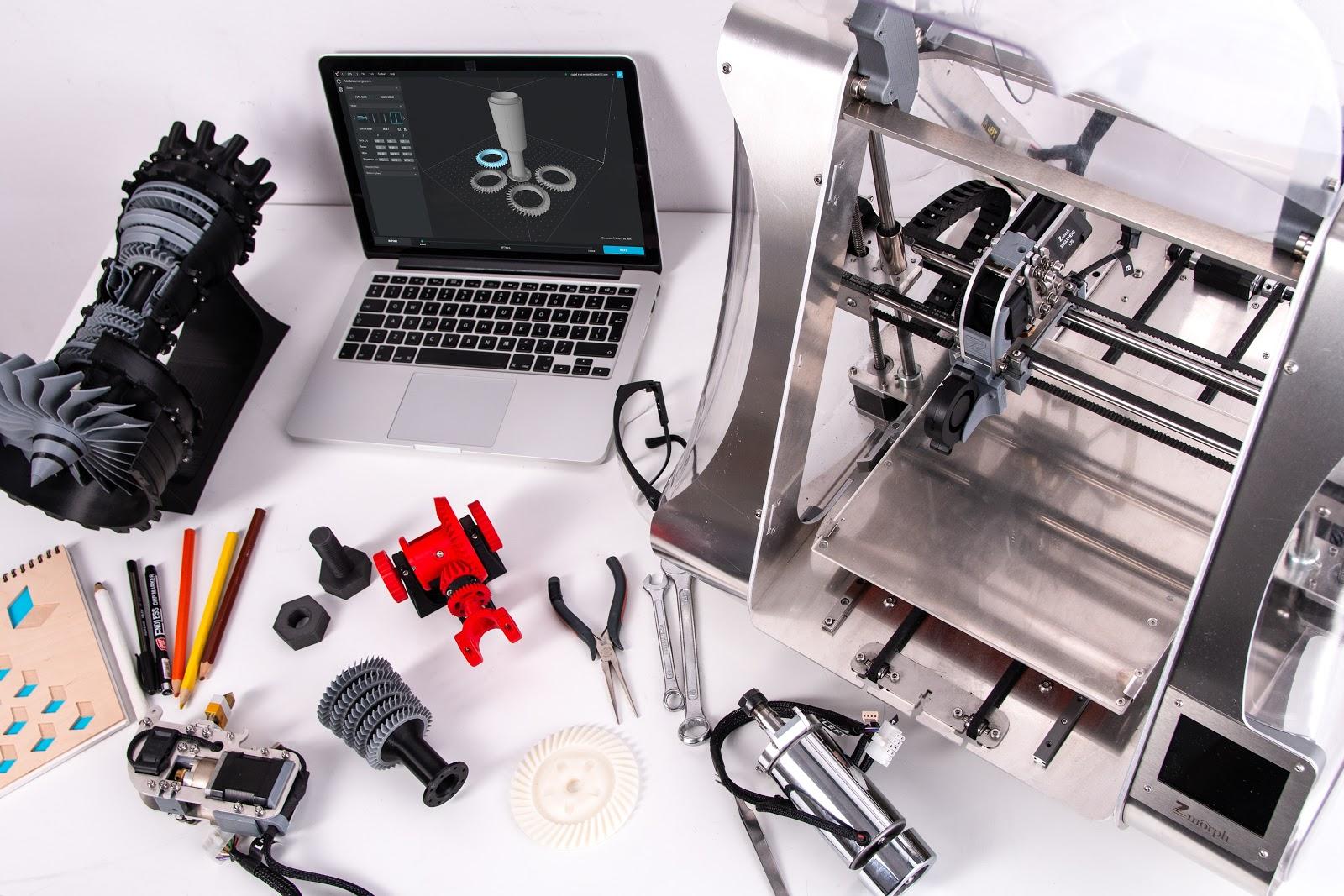
It’s undeniable that COVID-19 is having a major impact on the way that we work. Even taking into account the people who have been able to fortuitously hold on to their jobs through the crisis, there’s still an impact: people are learning how to work from home or having their roles altered because of the kind of work being done is now different. This is happening because COVID-19 is driving organizations to accelerate their investment into automation.
Organizations were already preparing to spend big on automation. A report from 2019 showed that on average companies will spend around $5 million per year on robotic process automation – RPA. That’s the average. Larger organizations will spend up to $20 million annually, and the reasons for this investment are all probably easy to guess:
- Increased productivity (22%)
- Better product quality (16%)
- Strong competitive market position (15%)
- Customer satisfaction (12%)
- Greater speed to market (11%)
According to Converga, using robotic process automation (RBA), the Canon team automated a series of manual processes that took approximately 15-20 minutes each, and through RBA, the process removed errors, problems, and duplication of laborious manual work. As a result, instead of taking 15-20 to complete tasks, RBA allowed the company to cut it down to 5-7 minutes, increasing the company’s productivity and profitability.
When you consider the areas where COVID-19 is disrupting businesses, all of those categories feature strongly. COVID-19 is making it difficult to maintain the same level of productivity, simply because working remotely puts a software-and-hardware barrier between the person and their work.
Customer satisfaction is affected, if for no other reason than the tense atmosphere worldwide is generating a lot of frustration and anger, making it hard for organizations to maintain their market position.
Product quality and speed to market can be affected when professionals, used to interacting with one another in the development of products, no longer have the same collaborative environment.
COVID-19 has bolstered the implementation of collaborative tools, such as Collate, a configurable internal portal that uses Google’s Single Sign-On feature to provide single-point access to a company’s apps, internal repositories, and resources.
Organizations can pass mundane, day-to-day tasks off to the automation solutions such as Collate and others, even as office environments become ever more depopulated. Robots wile away, enabling humans to focus on the value-add tasks that usually can be completed on longer time frames and remotely.
Healthcare automation
In other areas, automation will become invaluable in resource-strained work environments. The clearest example of this is healthcare, which is fighting a Sisyphean battle against the virus.
Telehealth is already playing a key role in systemic improvements to healthcare through reducing hospital admissions and empowering patients. And COVID-19 has been a driving factor in this advancement. Consumer adoption of virtual or online telehealth is increasing dramatically, offering improved convenience and access to care during testing times.
Telehealth is already seeing healthcare providers utilize technology in ways they didn’t before, but automation can still continue to improve efficiency. For example, keeping track of up-to-date patient data is a data-entry project that could take 20-30 minutes. Moving that task to automation is providing critical time back to the healthcare professionals, and research is showing that around half of medical operations are already investing in these solutions.
Another, altogether unexpected impact of COVID-19 and the economic downturn that it is causing is that it might start to shift an organization’s approach to how it handles financial stress. One thing that is inevitable is that the most deeply struggling organizations are going to leave the market – the world is heading to a recession and that means that some bankruptcies are inevitable.
Putting those unfortunate businesses aside, however, government programs around the world are targeting job retention, and incentivizing organizations to hold onto their staff. Rather than reduce headcount, then, as is standard when an organization is feeling the pinch, business leaders will instead be encouraged to expend stimulus resources to find ways to scale up their operations against future opportunity and prepare their business to be in a healthy position as normalcy returns to the economy. In other words, organizations are going to be investing in automation as a way of adding capacity to the operation. Checkout 5 Ways to Boost Your IT Career in the Age of Automation
A shift to remote work
As organizations shift to enabling remote working and employees to get comfortable working from home, their technology systems will need to be updated, and they’ll need to start investing in the cloud. This will provide them with the platform that they need to automate many tasks, and then shift staff around, where automation has taken over, to focus on higher-end tasks.
For an easy example, consider the call center. Previously, as people worked in an office together, routing calls was effortless and there was always someone in the office to act as the first point of contact. What that meant, however, is that staff would spend a lot of time on the phone, dealing with simple queries.
With people working from home, many organizations will find a need to invest in an automated system that will handle low-level calls, with those calls only being forwarded to a human once there is the need to escalate. That then frees up the staff from taking mundane calls, and, even once the offices are re-opened, that system won’t be retired – the automation is helping the staff be more productive.
Automation is going to get a big boost through COVID-19 and beyond, as those organizations that have been dragging their toes will effectively be forced into investing in it. The benefits that come from investing in automation, however, will be felt long after the disease has been dealt with, and organizations overall can expect to be much more efficient and productive places into the future.









